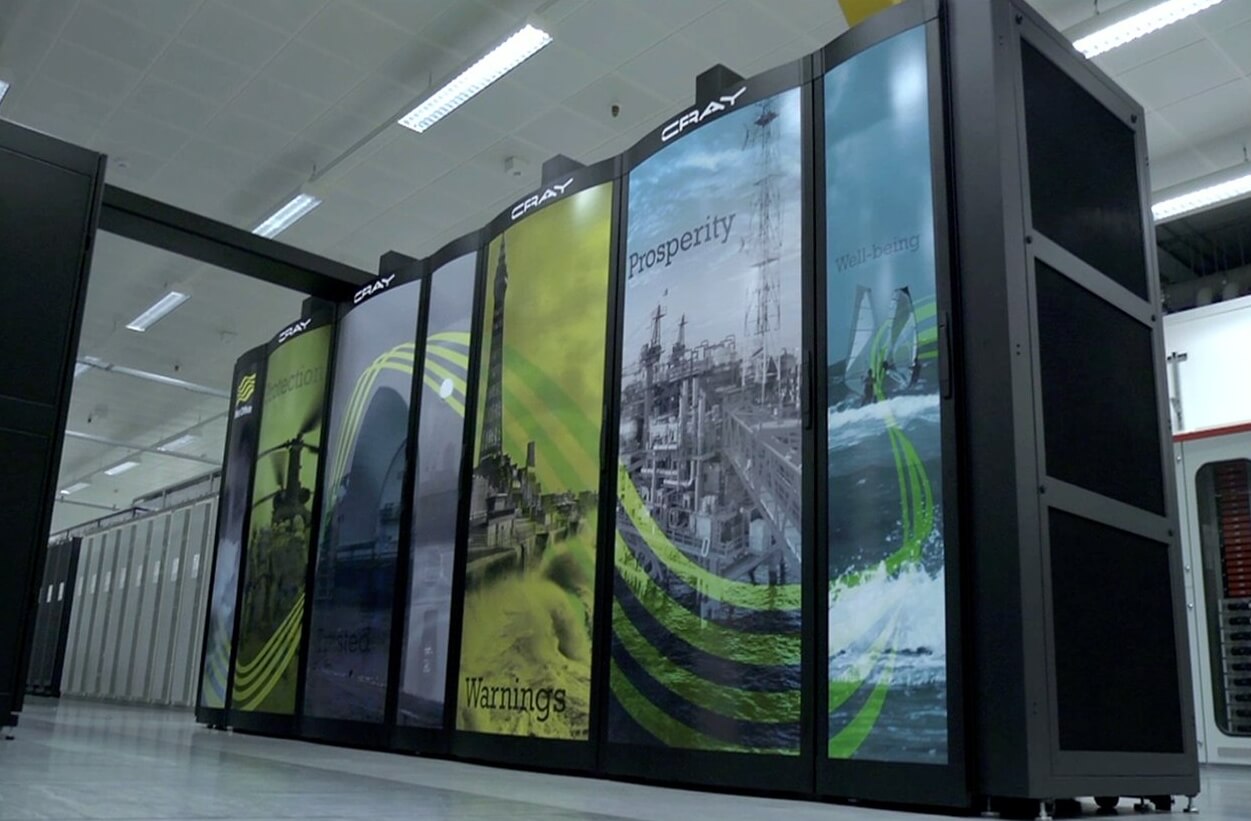In brief: The supercomputer will be managed by the Met Office to more accurately predict storms, pinpoint suitable locations for flood defenses and predict changes to global climate. Specifically, airports will be able to use it to plan for potential disruption and power companies could rely on data to help protect against potential energy blackouts and surges.
It's been said that being a meteorologist is one of the few gigs where you can be wrong more often than not without the risk of losing your job. That's because forecasting the weather is incredibly difficult due to Mother Nature's unpredictability.
Fortunately, technology can help.
Alok Sharma, secretary and president of the UK's Department for Business, Energy and Industrial Strategy (BEIS), announced on Monday that the government is contributing £1.2 billion ($1.6 billion) in funding to build a state-of-the-art supercomputer for weather forecasting.

Installation will take place over a 10-year period, starting in 2022. The first phase alone is expected to increase the Met Office's computing capacity by six fold. Upgrades from years six through 10 will boost performance another three times, we're told.
Officials expect it to be the most advanced supercomputer dedicated to weather and climate in the world. Unfortunately for us hardware nerds, the office hasn't yet said what specific supercomputer they'll be installing.
Masthead credit: Weather map by Andrey VP.
